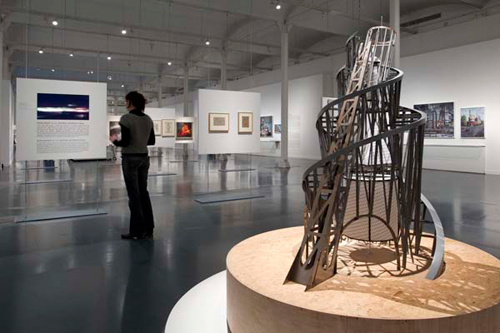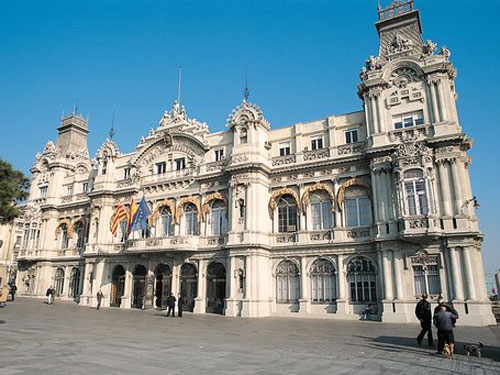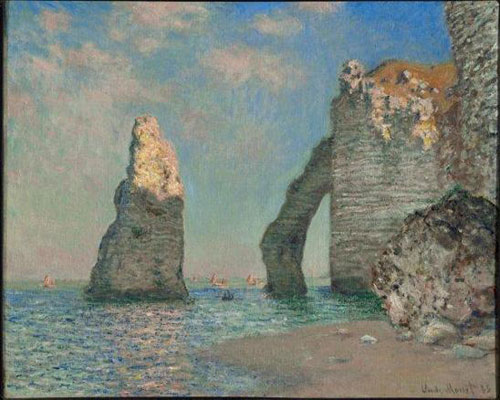Barcelona´s CaixaForum can always be relied upon for excellent exhibitions on architecture – and it looks like their latest is not going to disappoint.

In the last year, the museum has put on two brilliant, extensive shows of two of the most relevant, key architects of their respective times – Italian Andrea Palladio (1508-1580), who is considered one of the most influential and important architects in Western history, and British Richard Rogers, creator of some of the most iconic, innovative architectural works of the 20th and 21st centuries – such as the Paris Georges Pompidou Centre (with Renzo Piano), London´s Lloyd´s building, and terminal 4 of Bajaras airport in Madrid.
And now, commissioned by Mary Anne Stevens, is Construir la Revolución. Arte y Arquitectura en Rusia, 1915-1935 (http://obrasocial.lacaixa.es/nuestroscentros/caixaforumbarcelona/construirlarevolucion_es.html), on until the 17th of April.
As the name suggests, it is a show dedicated to the art and architecture made in Russia during the period between the 1917 October Revolution, and the establishment of the new Soviet Union. These years were a time of much experimentation and creative activity in all of the art forms – painting, sculpture, design, theatre, literature, cinema – and in particular, architecture, which became marked for its “constructivism;” clean lines and geometric forms; and it is this style movement that is the focus of the exhibition.
Architects Mamén Domingo and Ernest Ferré have put together a comprehensive, cohesive montage of 250 works – including large, colour photographs taken by Brit Richard Pare in the last twenty years, archive images, drawings, and paintings lent by the Moscow State Schusev Architecture Museum and the Costakis Collection at the Thessaloniki State Museum of Contemporary Art. The the pieces have been compiled in such a way as to reflect the interdisciplinary, co-operative character of art work at the time, which was geared towards the creation of the new Socialist state.
Richard Pare´s photographs reveal the current state of many of the Soviet buildings that appear in the exhibition, helping us to trace the history of these key contructivist projects by artists such as Liubov Popova, Vladimir Tatlin, Kazimir Malevich, El Lissitzky, Gustav Klucis and Aleksander Rodchenko.
On display in the exhibition are also three reproduction models : two of Konstantin Melnikov´s most famous buildings, and the project for the monument dedicated to the Third International – the legendary, and never built Tatlin tower, a fascinating leaning spiral iron and concrete structure with four internal glass structures in the shape of a cube, pyramid, cylinder and sphere, which would have been 400 meters high.
?
 Paul Oilzum
Paul Oilzum
This is worth going along to if you are renting Barcelona accommodation .

 English
English Translated by: Poppy
Translated by: Poppy

